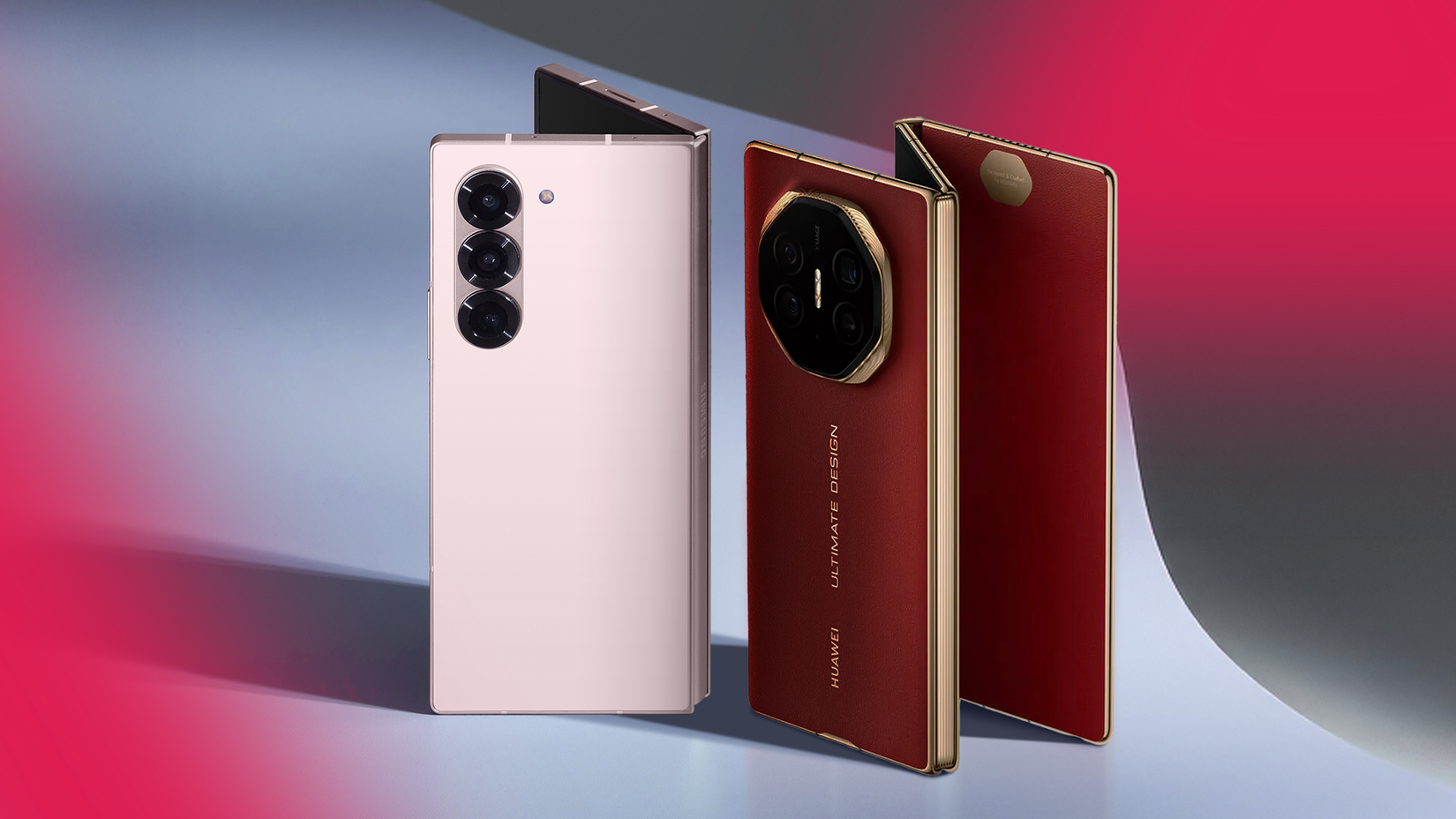Phone design has stagnated. iPhones and Samsung Galaxy phones are reduced to competing for style and slab points, while even the Google Pixel’s unique camera bar is no longer an exclusive look.
There is hope in the form of niche phones with clever and unique features like the NUU B40 5G, but if you’re sticking with the biggest manufacturers, there’s little to get excited about each year.
Even the previously innovative flip phone design has hit its peak. It’s hard to tell the latest Motorola Razr and Samsung Z Flip apart at a glance.
So single-screen phones have become iPhone clones, and double-screen phones have lost their magic.
Can the logical chain of reasoning bring us to innovative designs again? Can the Samsung Galaxy Z Trifold bring the joy of Android back? From what I’ve seen, I doubt it.
What we know about the Galaxy Z Trifold
In short, very little
Leaks are mounting up about the Galaxy Z Trifold, but all we know for certain is that it is on track to launch before the end of 2026.
Nevertheless, reliable leakers have shown off pictures and specifications that line up with what we would expect from Samsung’s first trifold phone.
The Galaxy Z Trifold will reportedly cost $3,000 (don’t worry, we’ll discuss this price tag more later).
With only 50,000 units in production, it makes sense that Samsung will only launch the Galaxy Z Trifold in selected countries, not including the US.
On October 28, we got our first look at the Galaxy Z Trifold. While these low-resolution photos showed little, they lined up with leaked One UI 8.5 animation assets. But from what we can see, it looks like the Galaxy Z Fold 7.
Not only does this leak look just like the Galaxy Z Fold 7 with an offset punch-hole camera, but leaked specs suggest that the Galaxy Z Trifold will have identical hardware apart from a larger battery.
The final image is becoming clearer, and it doesn’t look impressive.
What we know about trifolding phones
They are slightly better for watching videos and multitasking
To date, the only trifolding phone on the market is the Huawei Mate XT. AP’s Sanuj Bhatia has been using one for the last six months, and he believes it’s the only foldable form-factor that makes sense.
A trifolding phone can be used as a normal smartphone with a regular screen, a book-style foldable phone, and as a true tablet-like display when fully unfolded.
I can see the appeal. It’s an impressive design, and while its durability, performance, and camera quality lag behind rivals… hang on!
If a $2,800 phone doesn’t offer the same durability, performance, and camera quality as a phone half the price, why on earth would anyone buy it?
The triple display is the obvious answer, but I don’t believe that’s worth the absurd price tag. For $3,000, I need my phone to impress me in every way, not try to trick me with a gimmick that is not as new as it appears.
A $3,000 phone doesn’t solve any problems
Why throw your money away?
Credit to Samsung, the Galaxy Z Trifold looks to be a “true” trifolding phone.
Unlike the Huawei Mate XT, which looks like the letter “Z” from above when partly unfolded, the Galaxy Z Trifold will fold inwards like a book. This essentially gives it four displays if you separate the unfolded display into its three parts.
Still, these discussions about form factor are irrelevant, as I’ll bring up the same argument I used against the Z Fold 7. Why not buy a tablet?
For $2,739, you can buy a 512GB Galaxy S25 Ultra and a 512GB Galaxy Tab S11 Ultra (And that’s not counting any discounts or trade-in offers).
Neither of these devices is worth its price to begin with, but that’s not the point. By buying both, you lose the convenience of two devices in one, but gain two devices that are more reliable and powerful at their respective jobs.
If you choose a better value phone and tablet, you can drop this price to nearly $1,000 with some savvy deal-hunting.
If you weren’t impressed by the Z Fold, you won’t be impressed by the Z Trifold
It looks like the US will miss out on the Galaxy Z Trifold. I’m here to tell you that you shouldn’t care.
It doesn’t solve any problems not already solved by the Galaxy Z Fold. Yes, it offers a better aspect ratio for videos and more multitasking opportunities, but are those features really worth $3,000?
So if you’re disappointed that Samsung might skip the US for its biggest release since the original Galaxy Z Fold and Flip, remember that the hype won’t mesh with reality.
If you do want to live the dream of folding a phone into a bigger screen, you can currently buy a refurbished Galaxy Z Fold 6 for as low as $800.



